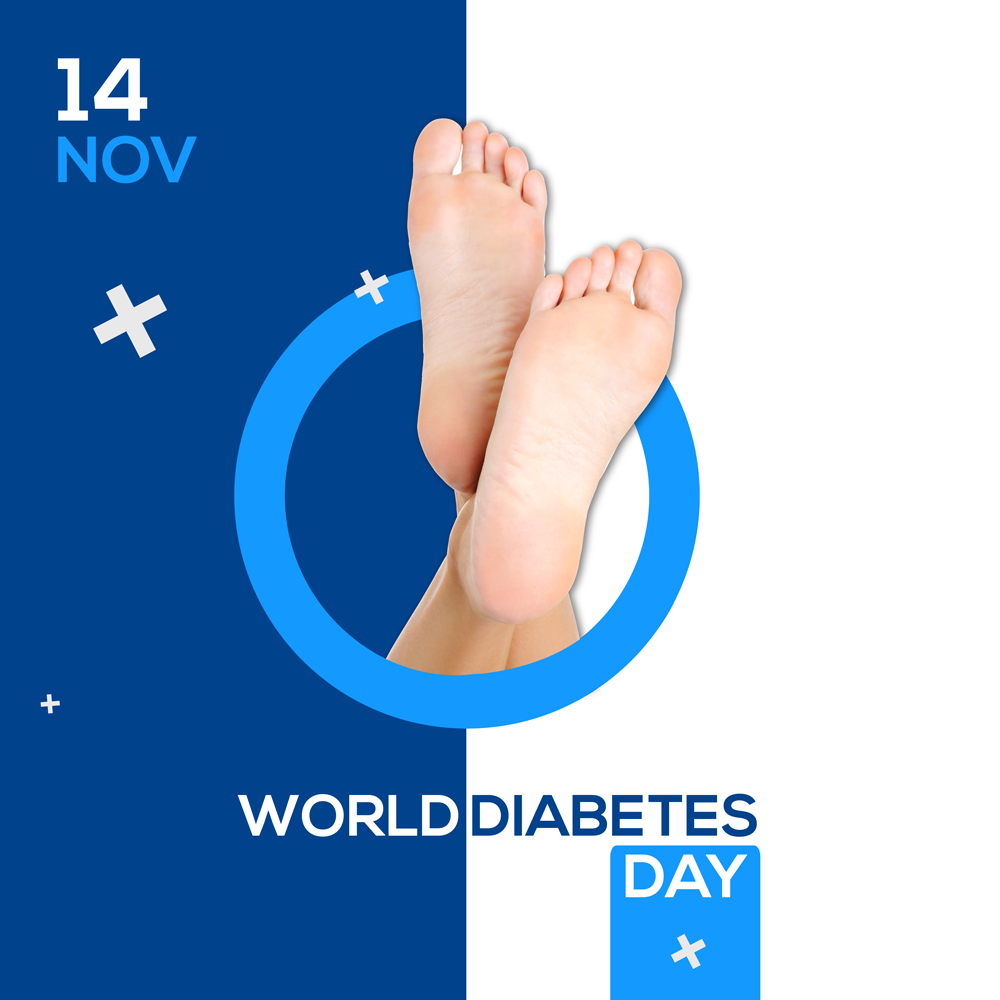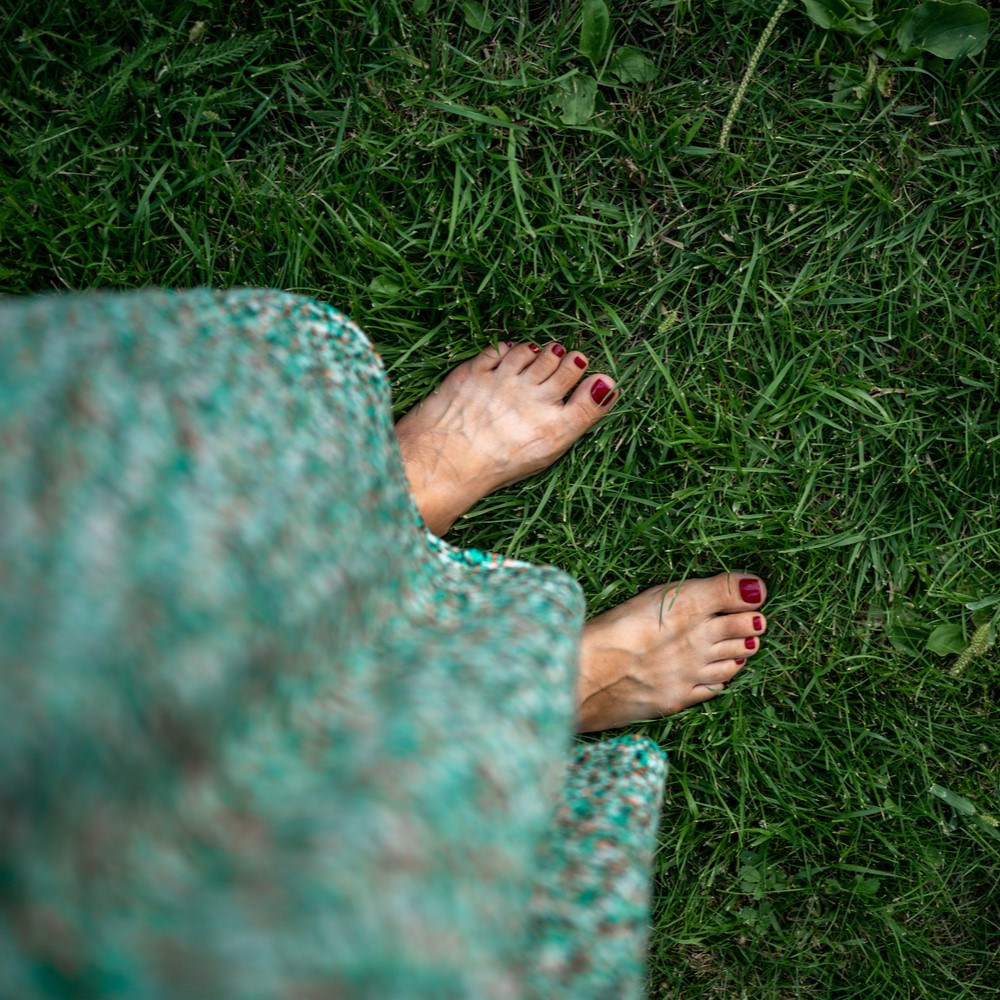Essential Blister Prevention for Your Hajj Journey
The spiritual journey of Hajj is a profound experience, one that requires physical endurance. For many pilgrims, however, foot issues, particularly blisters, can become a significant hurdle. Imagine the discomfort, the pain, potentially even interfering with your ability to perform the rites with the devotion they deserve. Understanding the importance of blister prevention Hajj is therefore paramount to ensuring a comfortable and fulfilling pilgrimage. After all, your feet will carry you through countless miles of walking and standing during this sacred time. Why Blister Prevention Hajj is Crucial During Hajj, pilgrims often walk long distances, sometimes in challenging conditions, wearing new footwear or shoes that might not be perfectly broken in. Furthermore, the heat and humidity of the region can exacerbate foot perspiration, creating an environment ripe for friction and, consequently, blisters. Ignoring early signs of discomfort can lead to severe blisters, which might then become infected, delaying or even compromising your pilgrimage. Therefore, proactive blister prevention Hajj strategies are not merely about comfort; they are fundamentally about safeguarding your health and enabling you to focus entirely on your spiritual purpose. Your Guide to Blister-Free Steps Fortunately, simple yet effective strategies can significantly reduce your risk of developing blisters. Firstly, investing in high-quality, breathable footwear that is well-broken-in long before your departure is absolutely essential. Consider two pairs of comfortable walking shoes to alternate, allowing each pair to dry out thoroughly. Secondly, selecting moisture-wicking socks, ideally made of synthetic materials, will help manage perspiration. Carrying extra pairs to change frequently is also highly advisable. Moreover, applying preventative measures like petroleum jelly or specialized anti-blister balm to high-friction areas before you begin your walks can create a protective barrier. Furthermore, recognizing early signs of hot spots and addressing them immediately with blister plasters is vital. Take Action for Healthy Hajj Feet A successful Hajj begins with well-prepared feet. Don’t let preventable foot pain diminish your spiritual experience. Prioritize blister prevention Hajj now by consulting with a podiatry specialist in Abu Dhabi. We can provide personalized advice on footwear and proactive treatment options to ensure your feet are ready for the immense physical demands of Hajj. Contact us today to schedule your pre-Hajj foot consultation and embark on your sacred journey with confidence and comfort.
Essential Blister Prevention for Your Hajj Journey Read More »












